HALLOWELL — The Hubbard Free Library’s collection of centuries old local newspapers, some dating to the 1790s, is getting upgraded storage as part of a new project.
Ken Young, president of the library’s board of trustees, said the project will take the historic newspapers, currently stored on top of each other in large bound volumes, and switch them to a new storage shelf to preserve them better. Historian and library trustee Earle Shettleworth said after this project, the library will to look into digitization of the old newspapers.
The project will cost about $2,500, with $1,500 coming from the Friends of the Hubbard Free Library and the rest from the library itself.
Shettleworth said Hallowell was a “great publishing center” around the end of the American Revolution and into the 19th century. He said the first newspaper published in Hallowell was the Eastern Star, which began publishing in 1794. While the library doesn’t have a print of that paper, it has been provided microfilm from the American Antiquarian Society in Worcester, Massachusetts.

A detail shot of The Tocsin, a Hallowell newspaper published in 1794, seen Tuesday at the Hubbard Free Library in Hallowell. Tocsin is defined as a bell used to sound an alarm and it is oldest paper in the library’s collection. Joe Phelan/Kennebec Journal Buy this Photo
The earliest physical newspaper in the collection is The Tocsin, which was published in Hallowell in 1796 and 1797. Another newspaper wasn’t printed in the city until the American Advocate in 1810, and its rival Hallowell Gazette in 1814, showing when newspapers began to be politicized.
“The American Advocate was literally an advocate for the Democratic party, who recently had a president in Thomas Jefferson,” Shettleworth said. “The Hallowell Gazette was a Federalist paper, which was the party of (George) Washington and (John) Adams and continued with (James) Madison and (James) Monroe.”
Papers of that time, Shettleworth said, were four pages of very large newsprint and would include foreign and domestic news. Local news didn’t feature until the 1840s.
Shettleworth said, H.K. Baker, a key official in the Hallowell Social Library, which would later become the Hubbard, began to collect these papers in the 1840s. Shettleworth, who frequently uses newspapers for historical research, said newspapers represent “the collective memory of the history of the community.”
“I think people like H.K. Baker had the vision that it was important to preserve these papers,” Shettleworth said. “By sitting down and systematically reading newspapers, … you can learn so much about the history of that town and that city.”
The last paper published in the city was the Hallowell Register, which rounds out about 120 volumes of bound newspapers in the Hubbard’s collection.

Earle Shettleworth, left, and Larry Morrissette pose for a portrait Tuesday in front of the shelves Morrissette built to house the archive of old newspapers at the Hubbard Free Library in Hallowell. Joe Phelan/Kennebec Journal Buy this Photo
Those volumes were stored on open shelves at the back of the library, some piled on top of each other and some stored vertically, which is detrimental to the condition of the antique papers. The new shelving, which was built by trustee Larry Morrissette, will allow for them to be stored horizontally and not stacked on each other.
Shettleworth said newspaper material changed through the 18th and 19th centuries from rag paper, which had cloth content that helped it stay intact for a longer period of time, to pulp paper, which is more fragile over time.
“You can go to the newspaper like the Tocsin and it’s still in very good condition,” he said, as it is made of rag paper. “You can go to a paper of 100 years later and if you touch it, because they started using pulp paper with a high acidic content, it crumbles in your hands as you turn a page.”
Shettleworth said the project is nearly complete, pending the last shipment of boxes for the newspapers. After the project is done, Shettleworth said the library will likely use a scanner to transfer papers directly into digital files, rather than use microfilm which is commonly used in newspaper preservation.
Young said the library shut down in March, but was supported by a payroll protection loan. In June, curbside pickup began and then fully reopened with limited capacity in July. Young said returned books are cleaned and quarantined for 72 hours before being loaned again.
“People come in every day we’re open,” Young said. “The number of books we’re circulating through our interlibrary loan (program) is continuing to increase.”
Young said the panic days of the library, which has been strapped for cash since the Great Recession, are pretty much over due to a $15,000 increase in city funding over the last two budget years.
Young said the general fund, which is supported by donations and other library programs, had a goal to raise $45,000 this year. He said its at $33,500 this year so far, half-way into its fiscal year, and may see another increase after the turn of the year.
Other capital projects are also being addressed at the library, Young said. The final nine stained glass windows in the library are due for repairs in the near future after about $60,000 in funding was secured from two sources. Young said a contract is in the works with a contractor for the job, but was not finalized.
Copy the Story LinkSend questions/comments to the editors.


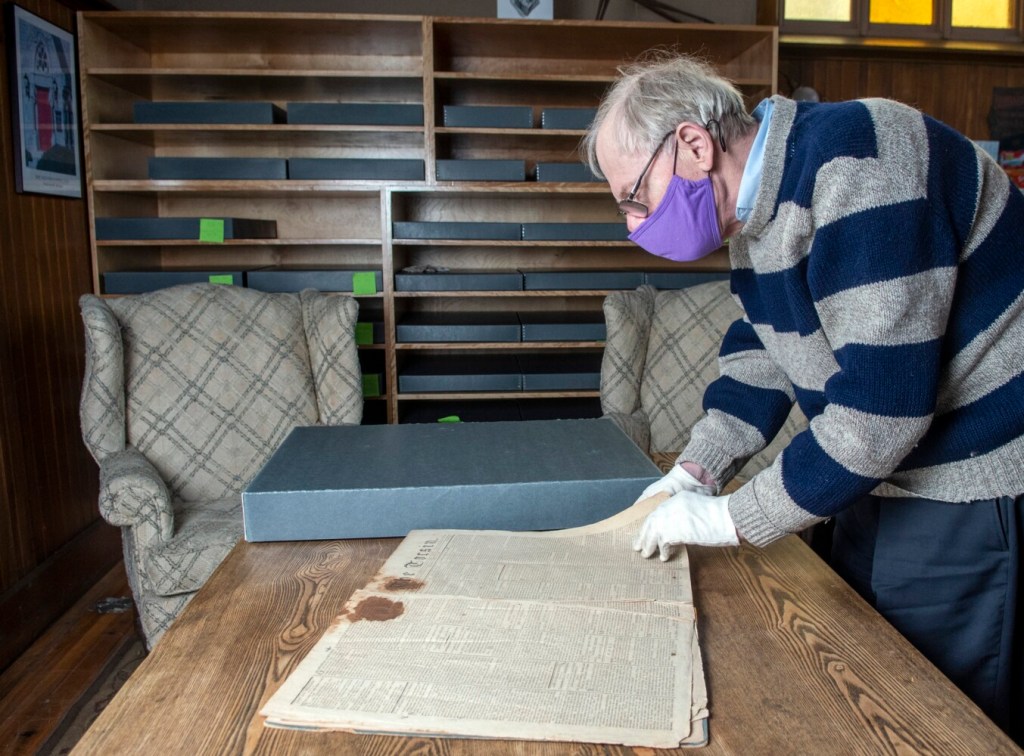
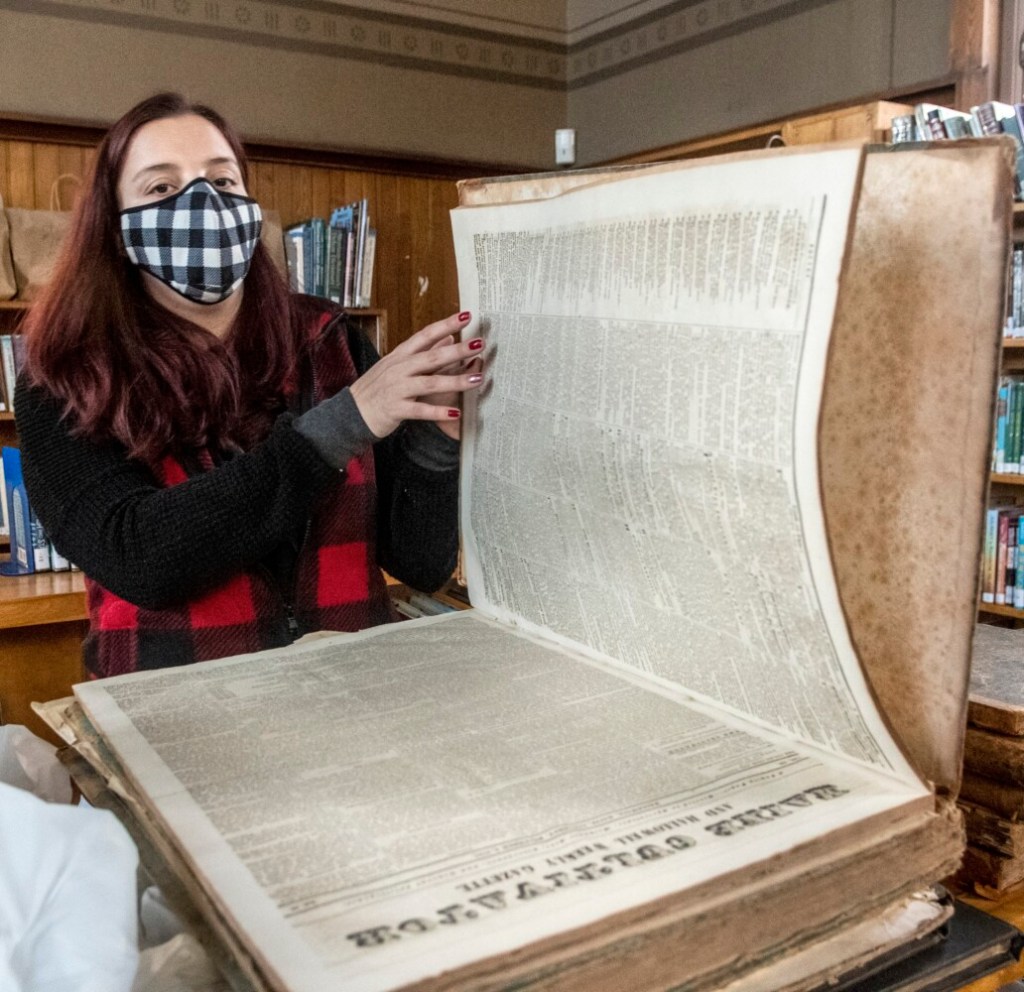
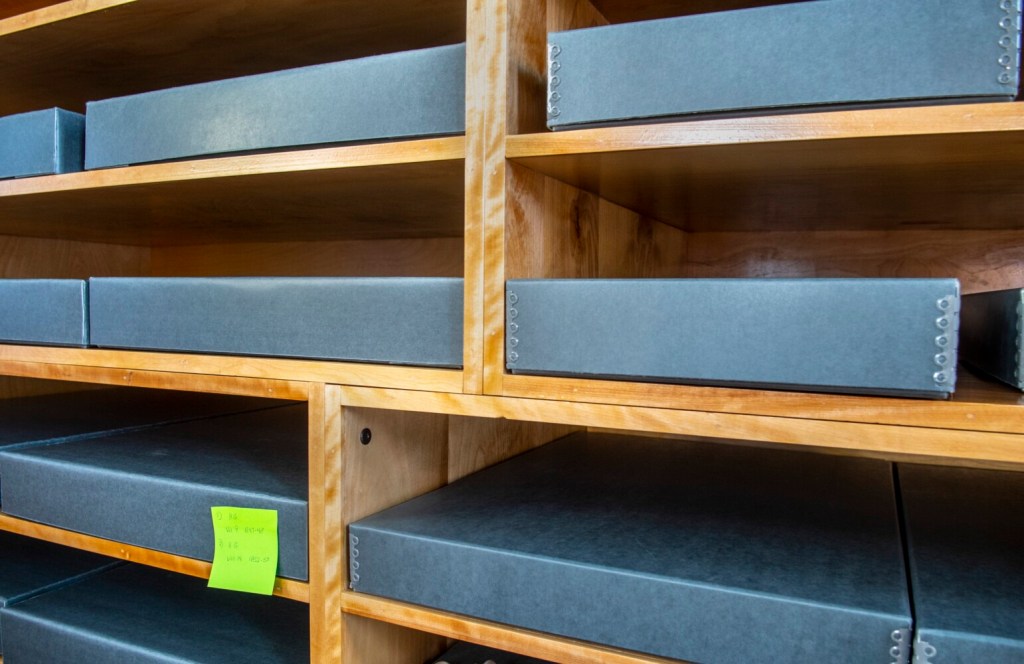
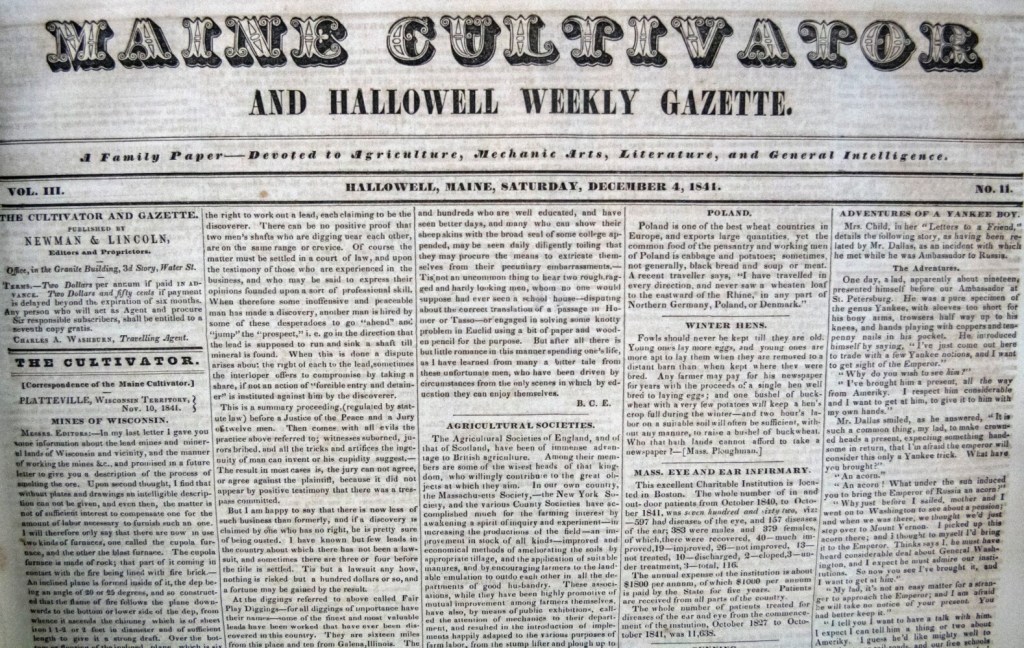
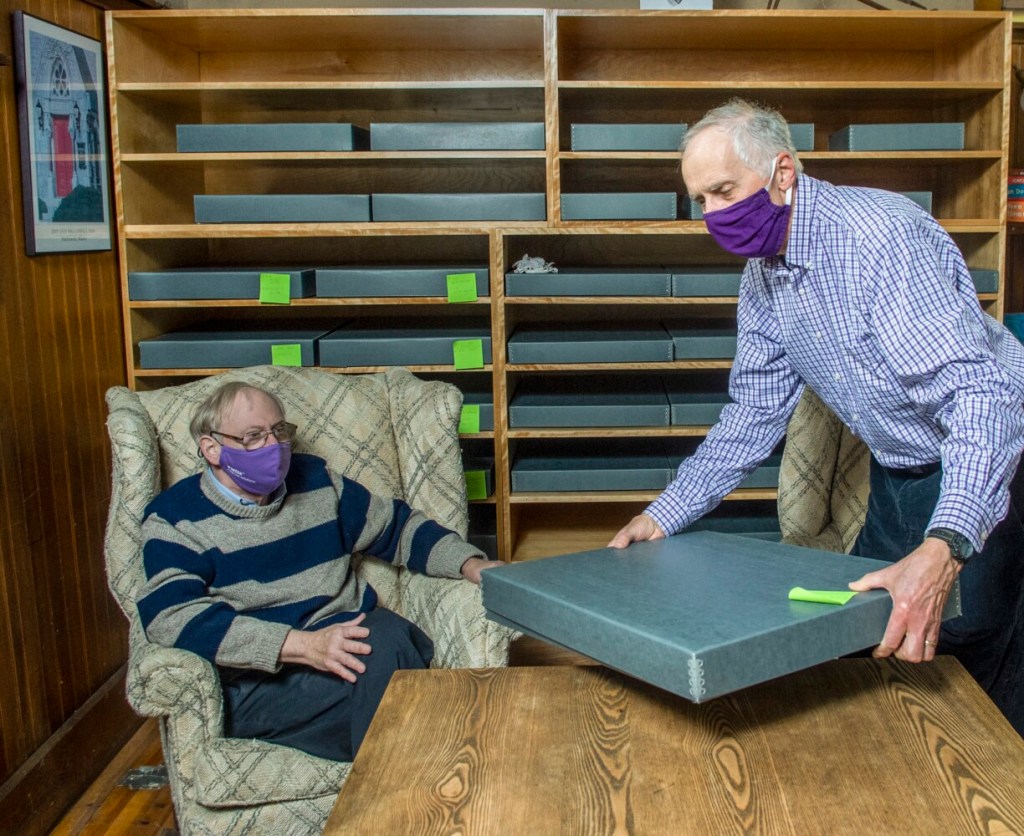
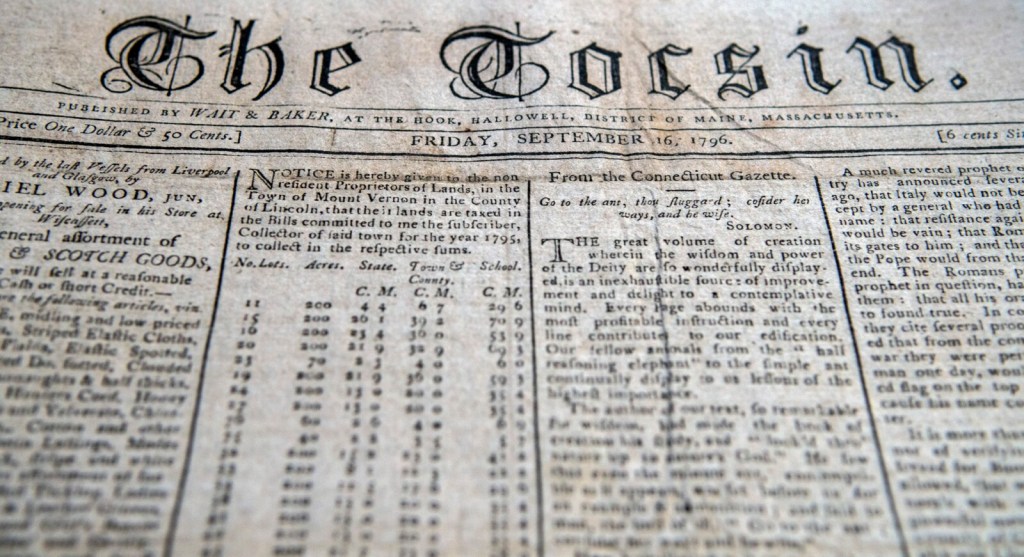
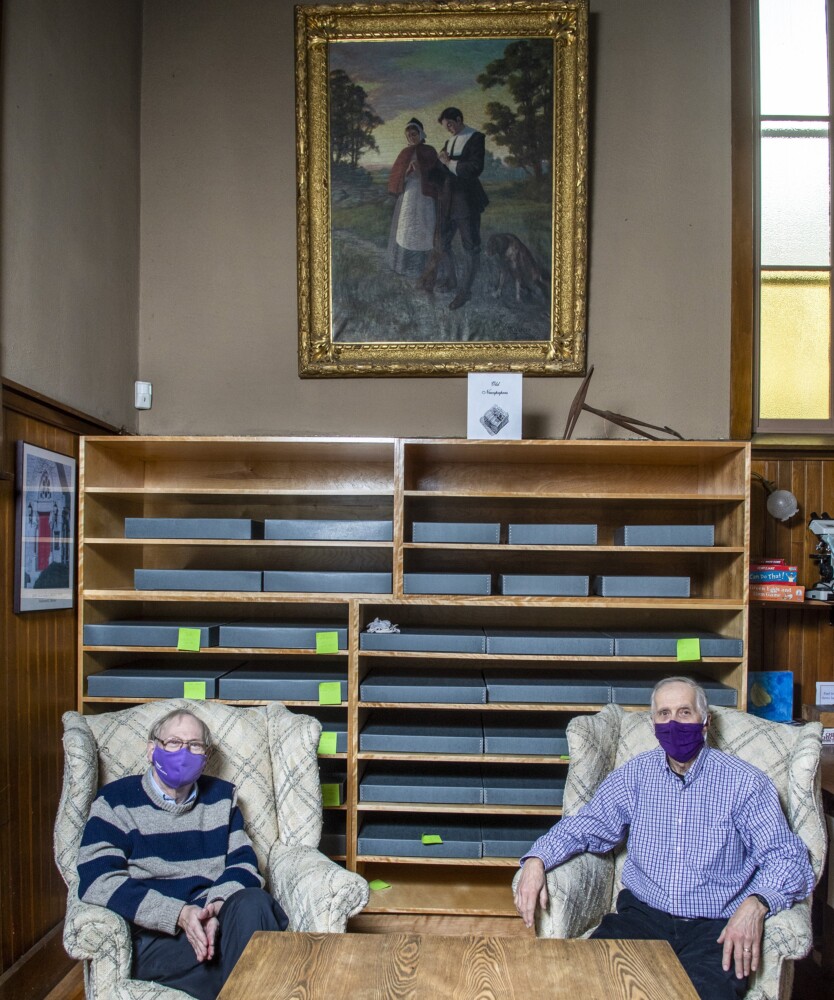

Success. Please wait for the page to reload. If the page does not reload within 5 seconds, please refresh the page.
Enter your email and password to access comments.
Hi, to comment on stories you must . This profile is in addition to your subscription and website login.
Already have a commenting profile? .
Invalid username/password.
Please check your email to confirm and complete your registration.
Only subscribers are eligible to post comments. Please subscribe or login first for digital access. Here’s why.
Use the form below to reset your password. When you've submitted your account email, we will send an email with a reset code.